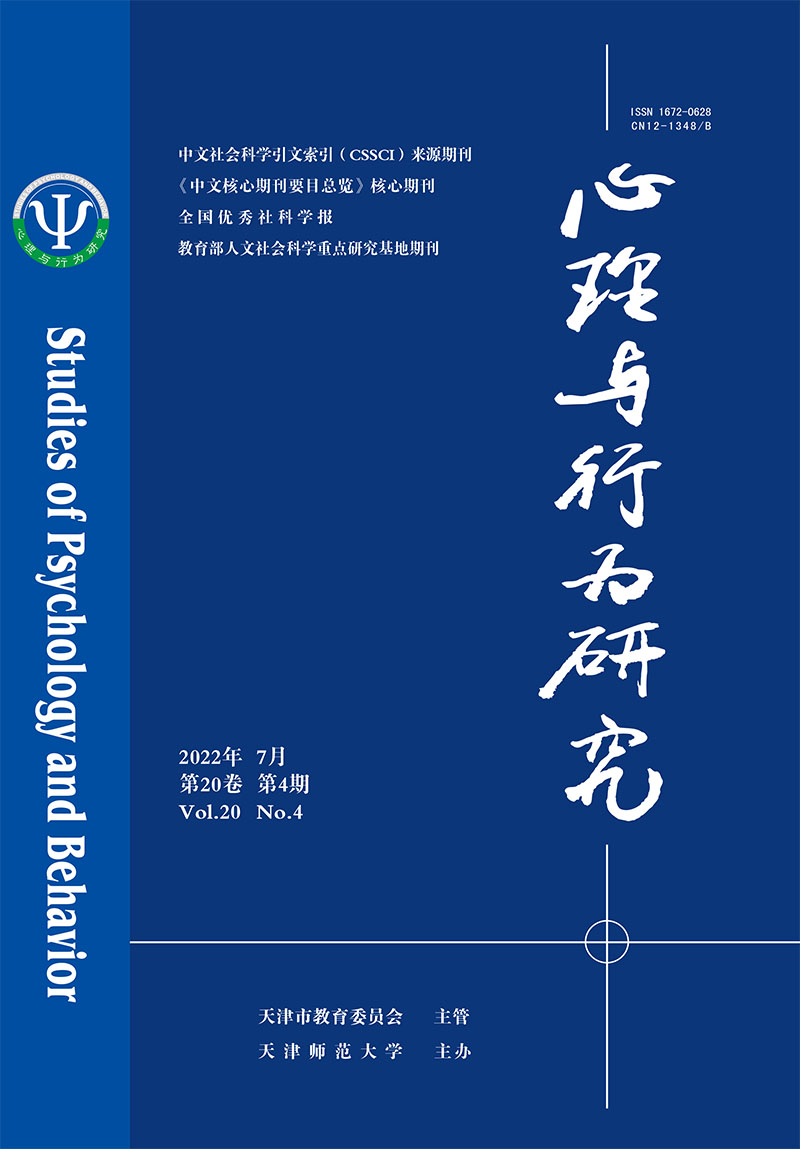|
|
Mindfulness and Learning Burnout in High School Students: A Perspective Based on Self-Regulated Learning Model
JIN Ming, ZENG Lianping, ZENG Xiaoye, HUANG Yafu
2022, 20(4):
494-500.
DOI: 10.12139/j.1672-0628.2022.04.009
This study was based on the perspective of the self-regulated learning model to explore how mindfulness affects the learning burnout of high school students. In this study, 863 high school students were surveyed by using the Mindfulness Attention Awareness Scale, Meaning in Life Scale, Zimbardo Time Insight Questionnaire, and Youth Learning Burnout Scale. The results showed that, firstly, mindfulness had a negative predictive effect on high school students’ learning burnout; secondly, mindfulness indirectly affected learning burnout through its independent mediation of future time insight and meaning in life, as well as the chain mediation of future time insight and meaning in life. Therefore, mindfulness can negatively predict the learning burnout of high school students, and improve their insight of future time and meaning in life, which can alleviate the learning burnout of high school students while promoting the physical and mental health of high school students.
|

